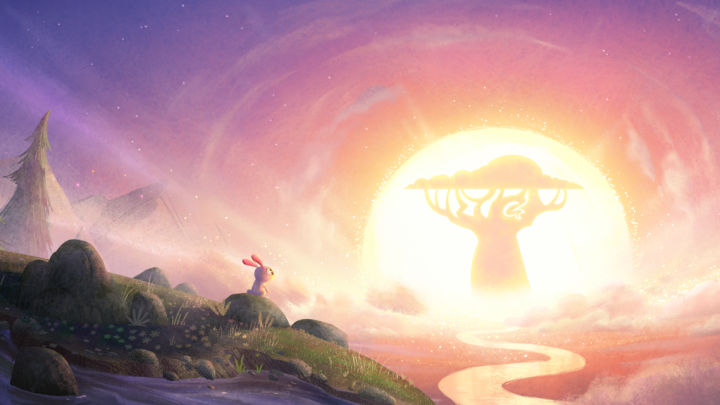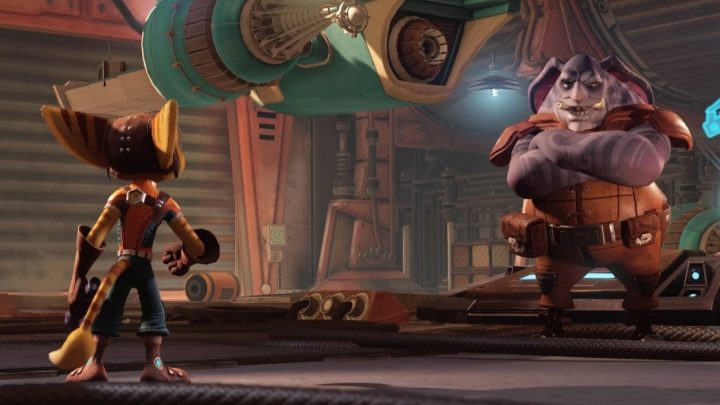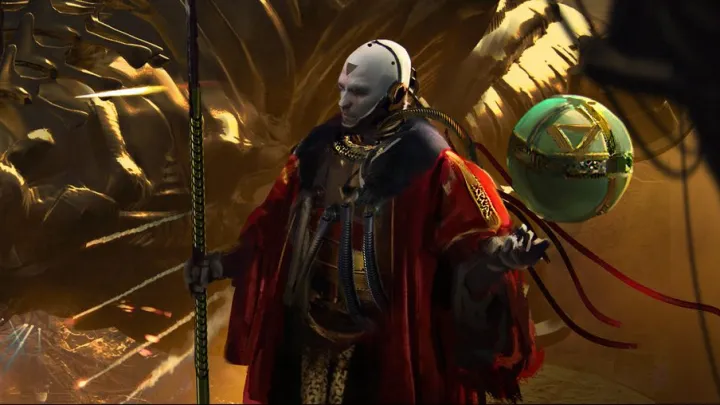How Game Design and Art Combine in Hitman Sniper: The Shadows

Square Enix Montréal’s Hitman Sniper: The Shadows is an upcoming mobile game centered around the elimination of high-profile targets using a wide range of assassins known as agents. These agents were recruited for their talent and one other common denominator: a troubled and violent past. Every agent in the game has been built from the ground up by a highly-qualified game designer, concept artist, 3D artist, and animator working as a collaborative team.

Jean-Francois Dugas
Product Manager
Hitman Sniper: The Shadows

Audran Guerard
Lead Artist
Hitman Sniper: The Shadows
As Hitman Sniper: The Shadows team members Audran Guerard and Jean-François Dugas tell us, the creation of an assassin is only half the battle. In this game, “the relationship between the character and their rifle is as important as the relationship between the designer and the art department.”
For this special feature, Audran and Jean-Francois told us more about the relationship between art and design that created Soji, one of the game’s assassins.
The Design Process
For the design team, everything starts with a character sheet. Since Hitman Sniper: The Shadows’ story revolves around a world of assassination, it’s crucial to create a diversified roster of agents. When we started to design Soji, one of the game’s key assassins, we shaped her from all angles: nationality, physical attributes, age, social class, her protagonist and antagonist, and so on. This led us to create a believable character with a backstory, a goal, and a future.

A Tool for Vengeance
Soji is a Japanese agent born and raised in a poor and violent neighbourhood of the Tottori Prefecture. The death of her brother and sole supporting figure feeds her insatiable appetite for revenge. Once the narrative had set the tone for Soji as a ghostly figure that silently eliminates her brother’s murderer, we needed to create a rifle that supported her motive and character traits. While all rifles in Hitman Sniper: The Shadows are based on existing models, we always modify them, so they perfectly complement their owner. Much like the character sheet, we created the ideal rifle by selecting the aspects that match the agent.

Soji needed a weapon that could be transported easily, is lightweight, and is undetectable. We selected a straight pull Bolt Action design based on the Blaser R93, with a carbon fiber stock and a detachable, full-length integrated silencer barrel. Once the narrative and rifle were bonded on paper, the design team started working on the synergy, in this case, the abilities, and perks associated with this killing duo, while the Art team starts the creation process.
The Art of Crafting a Killer
When designing characters, everything stems from the back story. No story equals no personality. The story allows us to start our ideation work while having a level of intimacy with the character. Soji’s past is as important as what her future holds; we are bringing to life the story of a grieving sister with a motive. The backstory provides us with details that will influence visual choices. Little by little, brick by brick, we build a representation of that story. Each element can be very subtle, even barely noticeable or understood individually, but when combined, they project an identity, and boom, a character is born.

When we receive the character brief, our process starts with references and a mood board, quickly followed by a concept art phase. Each phase is shared with the rest of the team for transparency, which opens the door to conversations and feedback. After a few iterations, we have a good understanding of the new character. Once everything is approved, we move to the 3D production phase.

Since we are working on a AAA mobile game, our production method closely follows the AAA console model. Therefore, we start with a hi-poly ZBrush sculpt before getting to the low-poly in-game model.

It takes an entire team to bring these characters to life, from the early ideations to the final keyframes. Multiple people collaborate and assets will change hands before reaching our players. The cornerstone of such an enterprise is character design and character modeler.
The Final Touch
Once the character and the rifle are fully modeled, the animator comes into play to give life to the agent’s personality, giving the final touch to the assassin. The joint effort of the design and art departments ends with the final review where all leads come together and approve the results. Creating an assassin for Hitman Sniper: The Shadows takes time and dedication, but when quality is the essence of your game, it’s worth the shot!

Square Enix Montréal is developing a new generation of AAA mobile games including Hitman Sniper: The Shadows. Visit the Square Enix Montréal page on ArtStation Jobs for open positions. Visit their website for more information about the studio.





















